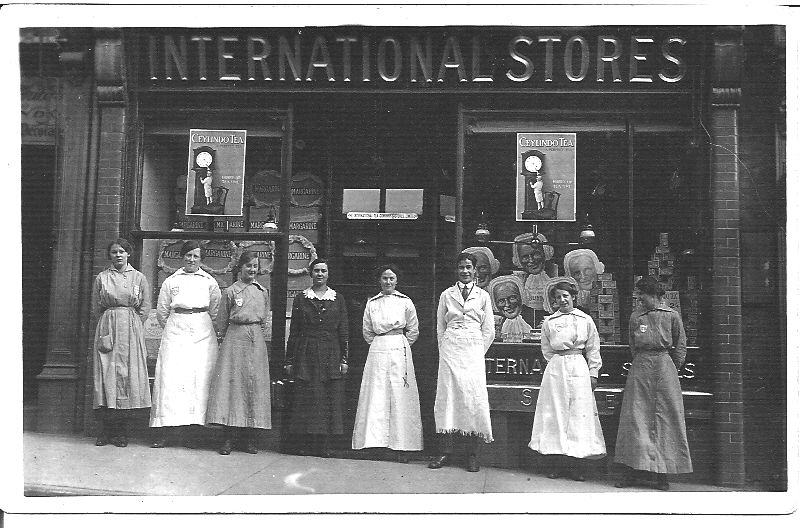Ely
Ely has a population of less than 5000
Ely has a population of less than 5000
During the Second World War in this area, most people lived in small gas-lit places. There were few cars and even fewer bright lights. Towns were grey brick, dull, quite isolated working settlements with most people employed within easy reach of their homes, often in agriculture or crafts and industries related to the rich soil of the Fens. Soham, with its population of less than 5,000, was well known for its grammar school for boys. Best described as a long and straggling village along the A142, Soham was a confident, hard working, practical place. Its principal industry was agriculture with many employed at Clark & Butcher’s Mill. Soham had a railway station which became the focus of a wartime story of heroism and miraculous escape when on 2 June 1944 a rail truck laden with bombs for the military caught fire and blew up. The bravery of driver Benjamin Gimbert and fireman James Nightall in detaching the truck from 44 other bomb-filled trucks saved Soham from total disaster. Download our Ely information leaflet here!
Then and now"I used to keep rabbits and I used to sell them in Ely Market. I was very excited because they supplemented my pocket money."
"I used to go to The Rex. The Public Rooms had some quite interesting films sometimes, but The Rex was the main one."
Adverts |
"There were shops down Broad Street, it was a much busier place than it is now....there was a sweet shop and grocers, fish shop, florists, milliners, butchers…"
"...my mother moved into Newnham Street, took over the license of a small pub, because that was the first time because of the war that women were allowed to hold a license ‘cos all the men had been sent abroad to war. So that’s when they first allowed a woman to hold a license. But she took it on because it meant a home where we could all live and it was our home."
“We came up into town to shop but things were (also) delivered by the Co-op... there was a Co-op shop on the corner of Victoria Street and Broad Street...that is where we got most of our groceries. Mother went shopping once a week... and it was delivered by a boy on a bicycle.”
|


